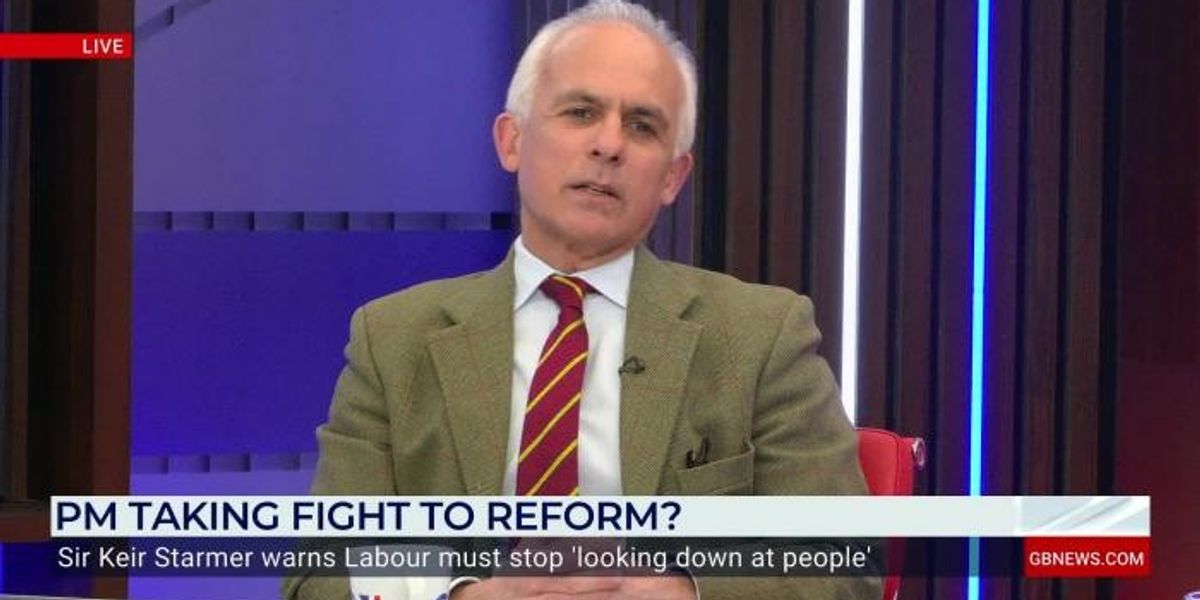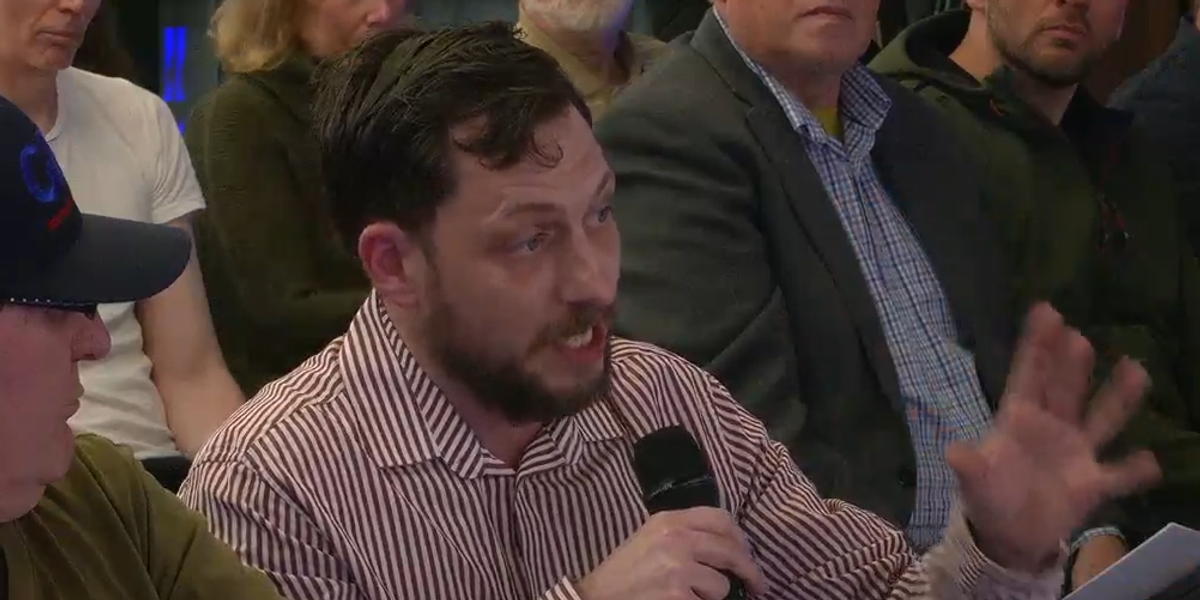- RBA chief sees cash use phasing out in a decade
Australia’s chief central banker is predicting very few people will still be using cash within a decade – as the nation’s main cash delivery company struggles financially.
Reserve Bank Governor Michele Bullock made the bold prediction to MPs in Canberra.
‘We’ve got to think that cash is going to be around for probably another 10 years and we’ve got to find a way of moving to a new system that means that distribution of cash can be undertaken and viable,’ she told the House of Representatives economics committee on Friday.
‘You only have to look overseas to see that it’s not making a rebound, really.
‘I don’t think anything’s going to turn it around – I think it’s on a long-term decline and the reason being is that people find making electronic payments just much more efficient.’
Ms Bullock told Toowoomba-based Liberal MP Garth Hamilton there was no guarantee Linfox Armaguard could reach a deal with the banks to continue delivering cash beyond 2026, despite having a near monopoly on the cash delivery business.
‘I’m never confidence in this cash space at the moment,’ she said.
‘I think they have to find a solution by June – if they don’t then we’re in trouble.’
Australia’s chief central banker Michele Bullock is predicting very few people will still be using cash within a decade
Just 13 per cent of transactions are now being done in cash, the Reserve Bank’s own figures show.
‘The digital side of things – I can’t remember the last time I went into a bank,’ Ms Bullock said.
‘There’s a large portion of the population that have gone purely digital, but there’s another portion – they are often the more vulnerable people, lower income people, the regional people, they’re the ones being squeezed by this.’
Ms Bullock said it was ‘very challenging’ providing the fixed-cost infrastructure used to provide cash to retailers and local bank branches.
‘The difficulty with moving to a much more digital payments system and banking system is that increasingly, the person-to-person element of that is getting smaller and smaller,’ she said.
‘And there’s a group of people who really want to use that but they are just becoming a smaller and smaller group.
‘There’s a real tension between effectively servicing them at a much higher cost than you’re servicing everyone else.’
The Reserve Bank chief suggested the vast majority of Australians who used tap-and-go card and mobile wallet payments were cross-subsiding the small minority of consumer who still used banknotes to pay for everyday goods and services.

Just 13 per cent of transactions are now being done in cash, the Reserve Bank’s own figures show
‘The bulk of your customers are basically cross-subsidising that group the much, much smaller group,’ Ms Bullock said.
‘There is a very big challenge here – the cash system is an example of it.’
Ms Bullock’s comments echo Commonwealth Bank chief executive Matt Comyn in 2023 telling a Senate inquiry on regional bank closures that those who don’t use cash were subsidising those who do.
‘Transporting and making cash available around our vast country involves considerable expense of logistics and security,’ he said.
Australia’s major banks last week agreed to put a moratorium on regional bank closures until July 2027.
Treasurer Jim Chalmers in December introduced a cash mandate requiring businesses to accept cash when selling essential items.
But the disappearance of local bank branches and ATMs is being it increasingly difficult for Australians to access cash.
A closer look at figures from the Australian Prudential Regulation Authority showed 847 branches in regional and remote parts of the country had closed since June 2017.
Nationwide, 2,335 branches had closed in both capital cities and regional areas over seven years – a 41 per cent reduction.











